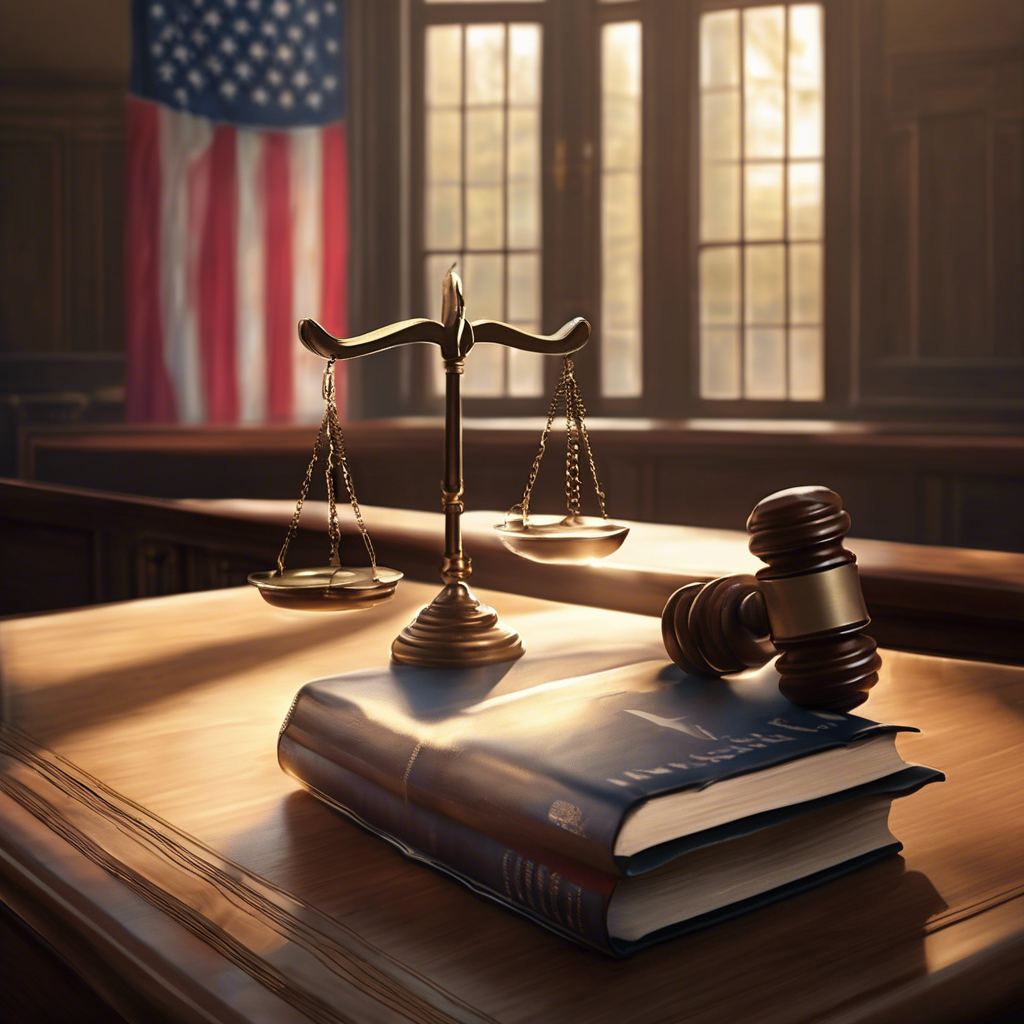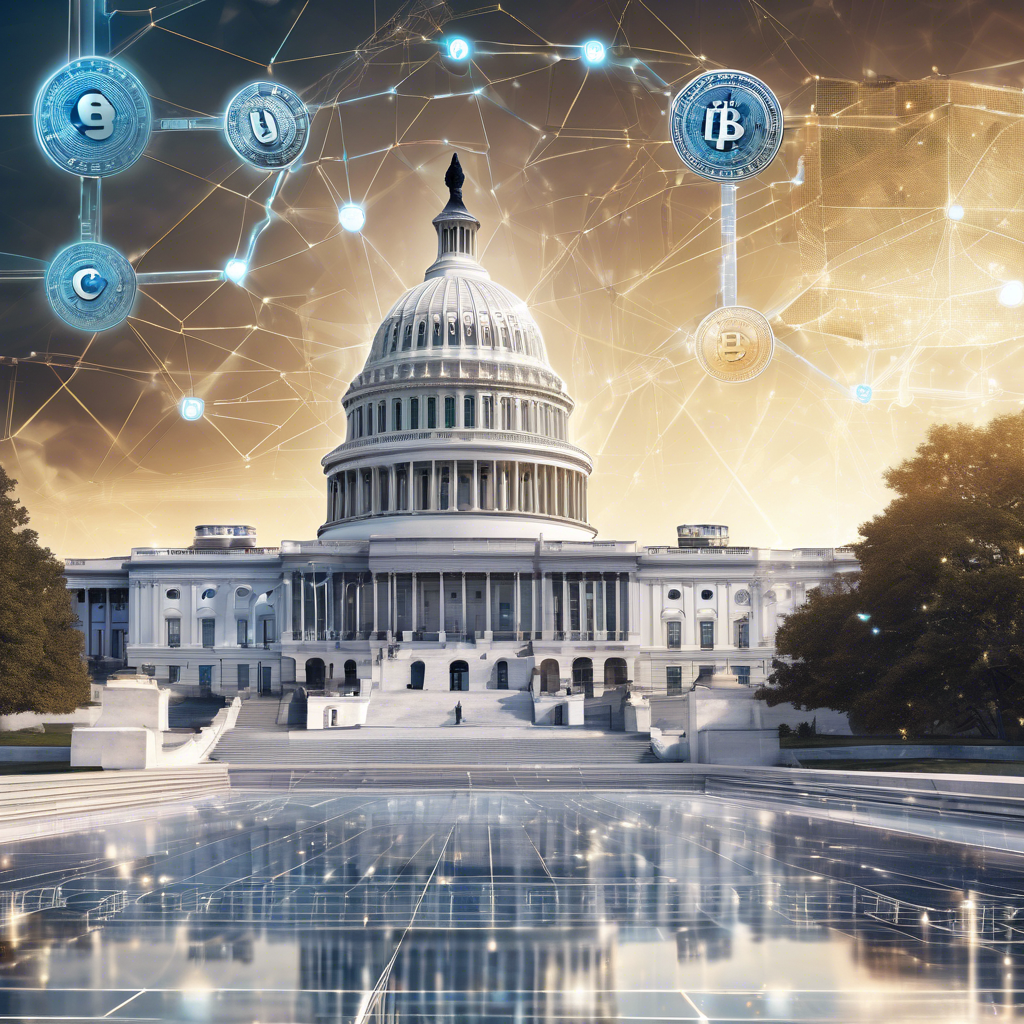AI Simulation of Supreme Court Decision in Trump v. CASA on Birthright Citizenship Injunctions

Trump v. CASA in an AI Crucible: Simulating Supreme Court Opinions Last week, the Supreme Court heard Trump v. CASA, Inc. , examining the use of "universal injunctions" regarding President Trump’s executive order limiting birthright citizenship. This prompted an experiment: could an AI, given only the argument transcript and background knowledge, realistically simulate upcoming Supreme Court opinions?The AI predicted each justice’s vote, drafted abridged opinions, and analyzed strategic interactions, producing surprisingly coherent results. According to a simulated Linda Greenhouse report, the Court decided 6-3 to significantly limit federal courts’ power to issue nationwide injunctions, notably affecting enforcement of the contentious birthright citizenship order. While not resolving the order’s constitutionality, the majority opinion by Justice Amy Coney Barrett allows the administration to implement the policy broadly, though protections remain for plaintiffs in the lawsuits. This ruling marks a win for the executive branch, which has criticized judicial overreach by district courts blocking federal policies nationwide. Justice Barrett, joined by Chief Justice Roberts and Justices Thomas, Alito, Gorsuch, and Kavanaugh, grounded the decision in Article III’s "case-or-controversy" principle, emphasizing that injunctions should address only plaintiffs’ specific injuries, not those of all affected persons. The Court vacated nationwide injunctions issued by three lower courts that barred enforcement of the order denying citizenship to children born in the U. S. to parents unlawfully present or on temporary visas. The majority deemed such broad relief “legally and historically dubious” and outside traditional equitable remedies authorized since 1789. They left open the possibility of universal relief only in “rare cases” where it fully redresses a plaintiff’s injury, a condition unmet here. Though acknowledging “serious questions” about the order’s constitutionality under the Fourteenth Amendment’s Citizenship Clause, the majority avoided ruling on that “momentous question” at this preliminary stage. Justice Barrett stressed this was not a final judgment on the merits, promising expedited consideration of the underlying constitutional issues. As a result, the executive order can apply to newborns outside the plaintiff states (e. g. , New Jersey, Washington), where protections continue. The majority recognized this means “some U. S. -born children will be denied citizenship in the short term. ” Justice Clarence Thomas, mostly joined by Justice Gorsuch, issued a strong concurrence declaring universal injunctions largely unconstitutional, not merely disfavored. Thomas advanced an originalist view of the Citizenship Clause, interpreting “subject to the jurisdiction thereof” as a “political jurisdiction” test excluding children of aliens owing foreign allegiance. He argued the executive order aligns with this original meaning and urged reconsideration of the landmark United States v. Wong Kim Ark (1898) ruling. Gorsuch joined Thomas’s critique of nationwide injunctions but not his birthright citizenship analysis. Justice Elena Kagan, dissenting with Justices Sotomayor and Jackson, condemned the majority for shirking its “duty to fully check an unconstitutional act, ” weakening judicial remedies for widespread constitutional violations.
The dissent called the executive order a “flagrant violation” of the Fourteenth Amendment under Wong Kim Ark, asserting near-universal birthright citizenship. Kagan defended broad injunctions as necessary given the fundamental nature of citizenship rights and warned the majority’s limitation risks “duplicative lawsuits” and “chaos” as citizenship rights vary by state, leaving newborns and families “in legal limbo” and potentially stateless. Procedurally, the decision deepens uncertainty around birthright citizenship. Plaintiffs and residents of plaintiff states remain protected, but children elsewhere face denial of citizenship pending final merits rulings—the Supreme Court signaling readiness to address these issues promptly. The ruling also restricts nationwide injunctions, likely causing fragmented legal battles and a race to file lawsuits across jurisdictions. The experiment was revealing in several ways. First, it exposed the author’s own biases: although skeptical of universal injunctions, the arguments made the interviewer feel as Justice Kagan does—that restricting relief harms constitutional rights protection. The scenario of a child being a citizen in one state but not another seemed bizarre, suggesting possible congressional intervention rather than judicial restriction. However, the AI’s simulation diverged, demonstrating how confirmation bias shapes perceptions. Second, the simulated opinions captured authentic voices. Justice Thomas’s originalist reasoning and Justice Kagan’s sharp rhetoric resembled their real-world styles. Barrett’s reliance on historical equity doctrine also felt genuine. Though shorter and with fewer citations than real opinions, they encompassed core arguments and strategic decisions about whether to address constitutional merits—likely reflecting both AI limitations and deliberate brevity under 15, 000 words. Third, the experiment was simple and replicable. Beyond interest in the case, the AI was prompted with minimal effort, relying on “Deep Research” to generate realistic results. This approach is applicable to any case with argument transcripts. Fourth, much remains to explore. AI outputs are non-deterministic: repeated prompts or different models may yield diverse opinions. Adding documents like briefs or related rulings could influence results and distributions. Regardless of the ultimate real-world ruling, this AI exercise provokes thought about how judicial reasoning and opinion-writing may be patterned and simulated. As AI advances, its role could extend beyond bias exposure or predictions, potentially reshaping engagement with legal processes by unveiling law’s complexity and occasional unpredictability.
Brief news summary
Last week, the Supreme Court heard Trump v. CASA, Inc., a case challenging the use of “universal injunctions” that block President Trump’s birthright citizenship order nationwide. An AI experiment simulated the justices’ opinions by analyzing arguments, predicting votes, drafting opinions, and exploring strategic outcomes. The AI-generated majority opinion, led by Justice Barrett, ruled 6-3 to limit federal courts’ authority to issue broad nationwide injunctions, allowing the citizenship policy to extend beyond plaintiff states while preserving localized legal protections. The ruling held that universal injunctions violate Article III’s “case-or-controversy” requirement and the Judiciary Act of 1789, permitting only narrow exceptions. Justice Thomas concurred, deeming most universal injunctions unconstitutional and advocating a new interpretation of the Fourteenth Amendment’s Citizenship Clause. Justice Kagan dissented, joined by Justices Sotomayor and Jackson, warning the decision threatened constitutional rights and risked fragmenting citizenship protections. This AI experiment highlighted authorial biases and demonstrated language models’ ability to mimic judicial reasoning and style. Its simplicity and replicability point to strong potential for legal forecasting, analysis, and reflection on judicial interpretation and AI’s role in complex legal issues.
AI-powered Lead Generation in Social Media
and Search Engines
Let AI take control and automatically generate leads for you!

I'm your Content Manager, ready to handle your first test assignment
Learn how AI can help your business.
Let’s talk!

AI Race Accelerates with Major Tech Announcements
The artificial intelligence industry witnessed a remarkable surge of major developments last week, underscoring rapid innovation and intense competition among leading tech companies.

Can Google still dominate search in the age of AI…
At Google's 2025 developer conference, the company revealed a major overhaul of its core search functionality, emphasizing the crucial role artificial intelligence will play in its future.

Washington moves on crypto: Stablecoin and blockc…
In this week’s episode of Byte-Sized Insight on Decentralize with Cointelegraph, we explore a pivotal development in US crypto legislation.

Google’s Will Smith double is better at eating AI…
On Tuesday, Google unveiled Veo 3, a new AI video synthesis model capable of achieving something no major AI video generator has managed before: producing a synchronized audio track along with video.

The Digital Asset Primer: Why Equity Markets Are …
It has been over 15 years since the first bitcoin was created, and cryptocurrency is now fulfilling some of its early promises by transforming long-standing financial systems.

Here are the 6 biggest takeaways from Google I/O,…
At this week’s Google I/O conference, the tech giant made around 100 announcements, signaling its ambition to dominate AI across various domains—from revamping Search to updating AI models and wearables technology.

Bitcoin surges above $111,000: Blockchain Cloud M…
Bitcoin is grabbing global attention again after surpassing $111,000 for the first time, fueled by institutional investors, changing geopolitical monetary dynamics, and a revived crypto surge.

 Auto-Filling SEO Website as a Gift
Auto-Filling SEO Website as a Gift








 Auto-Filling SEO Website as a Gift
Auto-Filling SEO Website as a Gift

